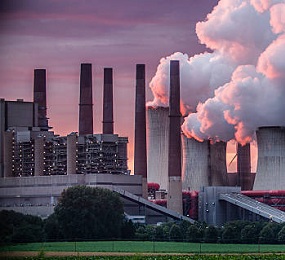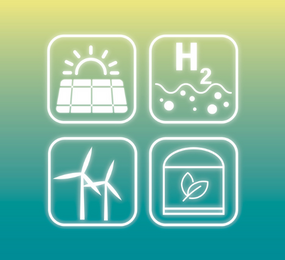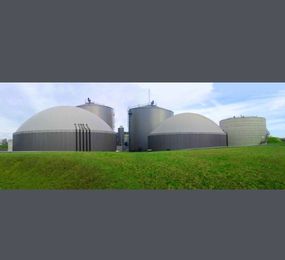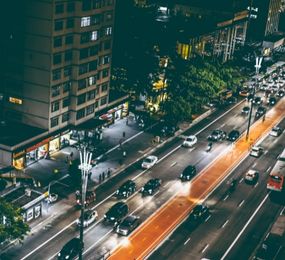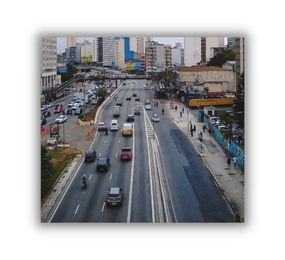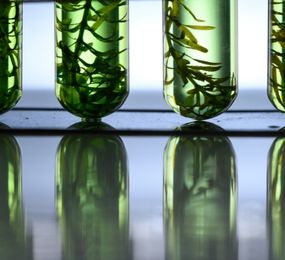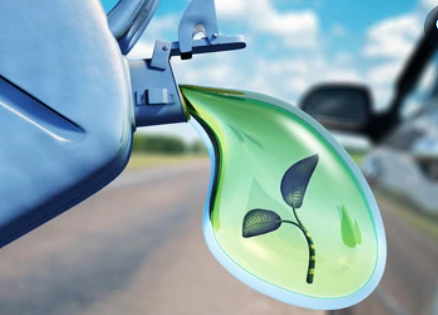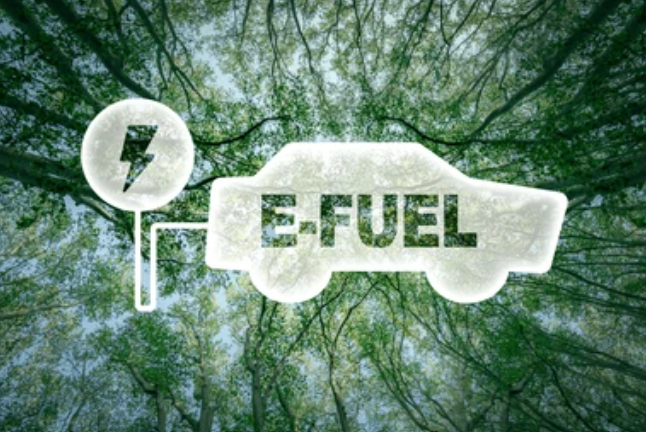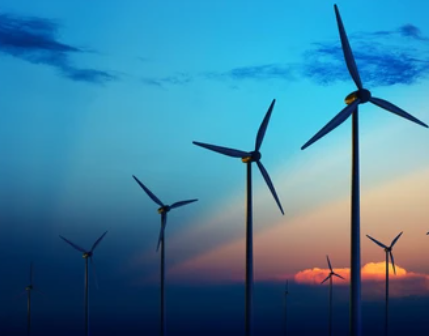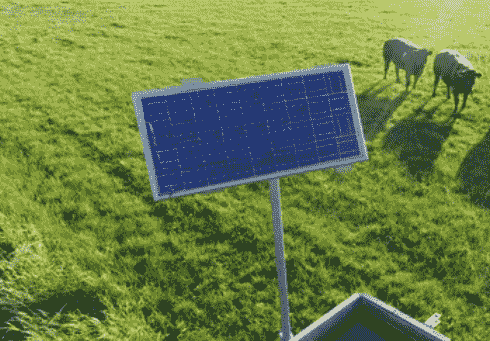AgriVoltaics in Europe: Growing Food and Energy Together
As Europe intensifies its push toward renewable energy, a new solution is quietly taking root in its fields—AgriVoltaics. This innovative practice, which combines agricultural production with solar energy generation on the same land, is not just a clever land-use strategy; it’s a glimpse into the future of sustainable farming.
In countries like Germany, France, and Italy, where the pressure to meet climate targets competes with the need to preserve fertile farmland, AgriVoltaics presents a promising balance. Solar panels are mounted high above crops or spaced to allow sunlight to reach the ground, enabling farmers to continue growing vegetables, grains, or fruits underneath. In many cases, crop yields remain stable—and in some instances, even improve due to the shade provided during periods of extreme heat.
Farmers aren’t just growing food; they’re producing clean energy and securing new revenue streams. With rising energy costs and growing climate risks, AgriVoltaics offers an additional layer of resilience. It also reduces water evaporation from soil and protects plants from hail, wind, or sunburn—benefits that are becoming increasingly important as extreme weather becomes more frequent.
European policymakers and funding bodies are taking notice. Several pilot projects are underway, supported by EU Green Deal initiatives and national energy transition programs. However, for AgriVoltaics to scale, challenges such as regulatory clarity, land use classification, and integration with existing grid infrastructure must still be addressed.
Research institutions across Europe are also playing a vital role—testing different panel configurations, crop types, and light transmission technologies to ensure that AgriVoltaic systems are tailored to local conditions and farm needs.
Conclusion
AgriVoltaics represents a practical and forward-thinking solution to two of Europe’s greatest challenges: food security and renewable energy expansion. It’s not a replacement for traditional farming or energy systems, but a strategic evolution. As more regions embrace this model, it’s becoming clear that we don’t have to choose between agriculture and solar power—we can support both, side by side, on the same land. In doing so, Europe is planting the seeds for a more resilient, climate-smart future.
Learn more on our website: https://www.leadventgrp.com/events/4th-annual-agrivoltaics-europe/details
For more information and group participation, contact us: [email protected] .
Leadvent Group - Industry Leading Events for Business Leaders!
www.leadventgrp.com | [email protected]


